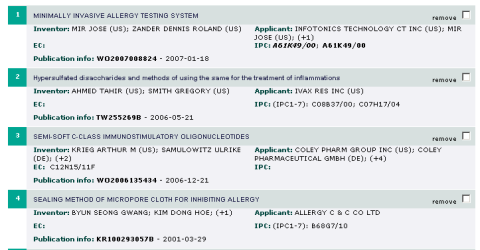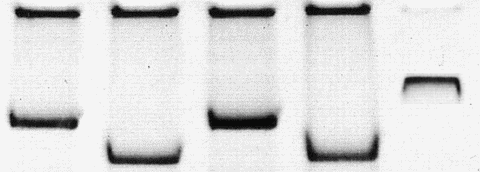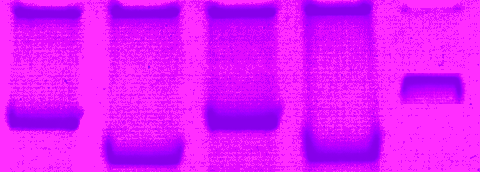I had to manage a system crash this weekend – where even the rescue console did not work. I learned that (1) my old Knoppix CD could neither write to the hard disk nor (2) read access a truecrypt partition. (3) Too late, I should have spent some money on ghost(r) or true image(r)! I further learned on the next day that (4) Bart PE does not work with OEM versions, (5) truecrypt versions are not compatible and (6) a grml iso is not helpful at the system prompt. Ultimately I came across (7) sysresccd that includes
- GParted: partition resize tool
- GNU Parted: a text tool for editing disk partitions
- Partimage: a partition image tool
- Plenty file systems tools allow you to format, resize, and debug an existing partition of your hard disk
- Ntfs3g allows you to mount your partition and get a full read/write access to the NTFS partition
- Sfdisk allows you to backup and restore your partition table
wow, simply a lifesaver.





